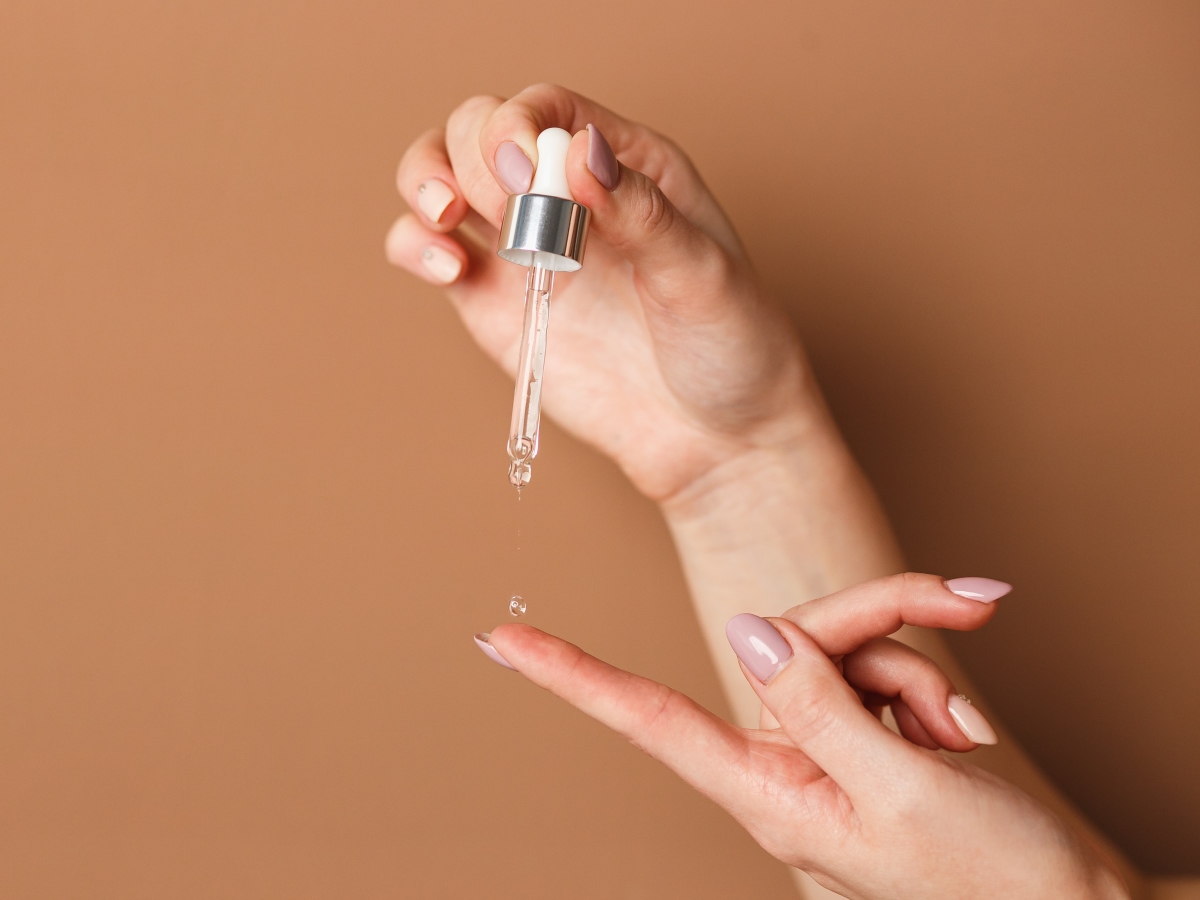HEALTH | THE FUTURE OF SKINCARE
The phenomenal rise of indie and influencer endorsed skincare brands has seen consumers become increasingly savvy about high-performance, ingredient-driven skincare. Undoubtedly, the focus on self-care, wellness, and safety has been compounded by the pandemic. Health is now the future of skincare.
The social media highway has created awareness about the ‘kindness’ we owe to ourselves and each other. At-home, self-care rituals have provided much needed levity. Content showcasing skincare has been fuelled by the expertise of healthcare professionals such as aesthetic doctors, dermatologists, and nutritionists.
Equipped with the ‘know-how’ to navigate the saturated skincare arena, consumers are seeking ‘backed by science’ products to create healthy, radiant-looking skin. Enter serums.
SERUMS DEFINED
“A serum is comprised of a thin-viscosity, lightweight topical solution, known as a vehicle, housing active ingredients that can penetrate the outer layers of the skin to deliver targeted benefits. They can be either (predominantly) water or oil based. Typically, serums are deployed to deliver potent, bioactive ingredients to improve the function of the skin. Due to their higher concentration of ingredients, serums tend to provide visible results over a shorter period”, explains dermatologist Dr Cara McDonald from Complete Skin Specialists (VIC).
Designed to target specific or multiple skincare concerns, serums can be formulated to minimise the visible signs of ageing, hydrate, brighten, exfoliate, diminish the look of dark spots, reduce the occurrence of breakouts, and strengthen the skin barrier.
THE LAYERING PROTOCOL
We have been conditioned to apply skincare products thinnest to thickest, and while serums tend to showcase lightweight, fast absorbing textures, Dr McDonald recommends a target based application protocol.
“Skincare should be applied according to the layer of skin it is targeting. Products formulated with active ingredients such as Retinol, Salicylic Acid, and Vitamin C should be applied first, to ensure they penetrate the outer layer of the skin and reach the dermis. Moisturisers exhibit a thicker consistency – primarily designed to prevent water loss and protect the skin barrier function, they should be applied after actives.”
The K-Beauty phenomenon introduced the western world to a 10-step routine comprised of a universe of meticulously layered products. Possibly more marketing gimmick than reality, the success of the multi-step routine can be attributed to the legacy of Korean skincare (that dates to 700 BCE) – a legacy that has enabled state-of-the-art skincare technologies (including innovative ways of processing and fermenting plant extracts), to flourish and influence the industry on a global scale. The most beneficial outcome is a ‘skin-first’ philosophy that has encouraged consumers to invest first and foremost, into creating a healthy canvas.
Rachel McAdam, Scientific Communications Manager, L’Oréal Active Cosmetics Division, champions a ‘less is more’ approach to skincare, as too many products can lead to overstimulated, sensitised skin. Can we integrate more than one serum into our routine?
“Yes, apply the thinnest serum first, or, if your serums showcase similar consistencies, commence with the one that addresses your primary skin concern. Ideally, your AM and PM skincare routine should accommodate a maximum of two serums – just a few drops should suffice and allow your priority serum to absorb before applying the second”, recommends McAdam.
Continue reading the rest of the article in the Autumn issue of Retail Beauty:

